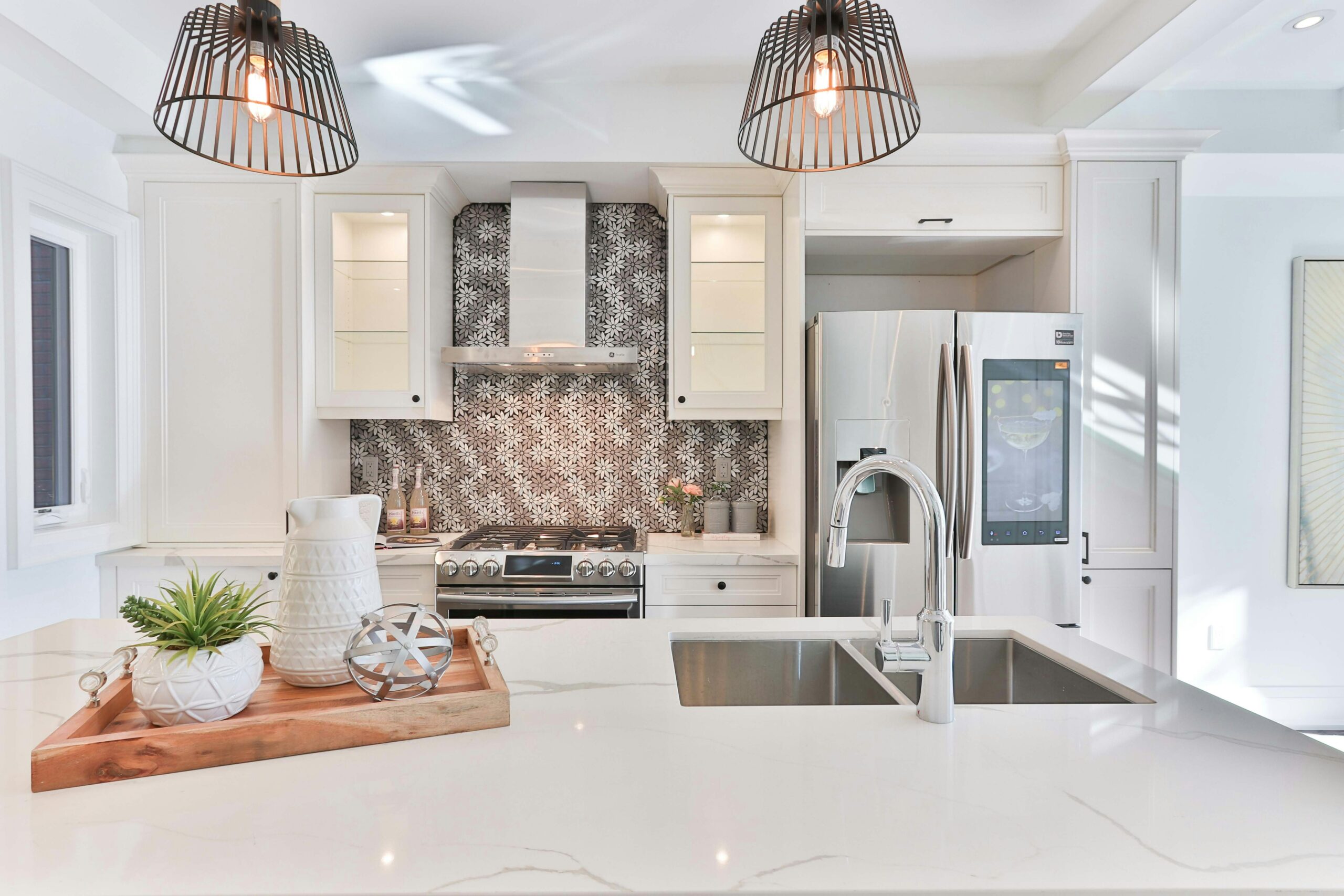Countertop cabinet trends can serve as a focal point in your kitchen, making it both functional and a visually appealing space. With proper understanding and a little creativity, this seemingly ordinary piece can be transformed into a true centerpiece, offering unparalleled functionality and style. This guide is designed to provide you with all the necessary information and tips for maximizing the potential of your countertop cabinet.
From Choosing the Right Countertop Cabinet for Your Kitchen to DIY: Easy Steps to Install a Countertop Cabinet, this comprehensive guide covers every detail and aspect. Maintenance, diverse material options, innovative designs, understanding cost factors, and even the benefits of countertop cabinets are discussed, offering you a well-rounded resource. Caring for your cabinet and organizing it effectively are also aspects highlighted in our guide. Don’t miss your chance to create a well-balanced, stylish and functional kitchen with the right countertop cabinet!
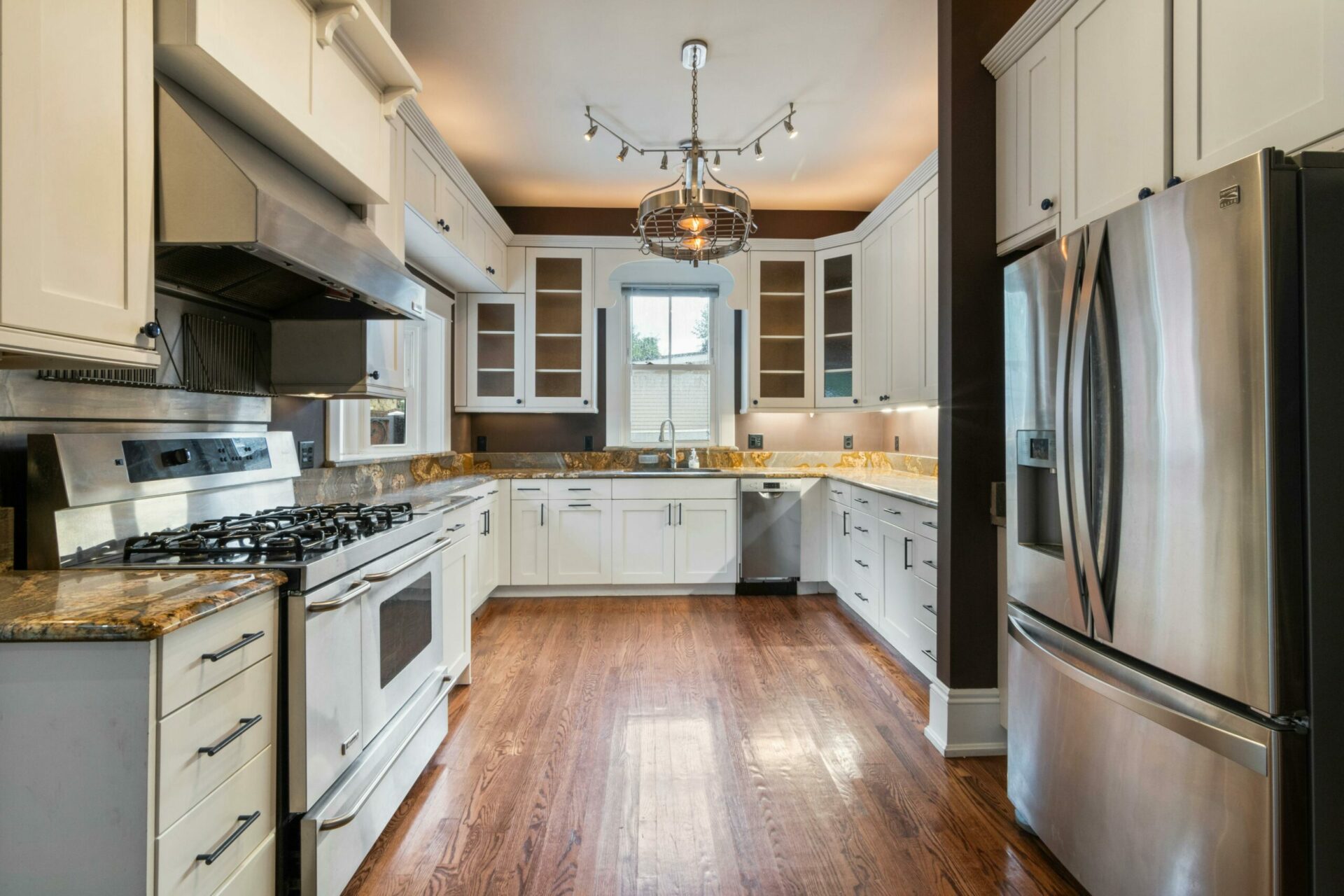
Choosing the Right Countertop Cabinet for Your Kitchen
When it comes to selecting the perfect countertop cabinet for your kitchen, there are several factors to consider. From the material and design to the functionality and cost, each aspect plays a crucial role in making the right choice. In this guide, we will walk you through the steps to help you choose the ideal countertop cabinet that not only complements your kitchen but also meets your needs.
1. Assess your kitchen space
Before diving into the world of countertop cabinets, take a moment to evaluate your kitchen space. Measure the available area where you plan to install the cabinet. Consider the height, width, and depth to ensure a proper fit.
2. Determine your storage needs
Think about what you intend to store in your countertop cabinet. Are you looking for additional space to store dishes, cookware, or small appliances? Make a list of your storage requirements to help you choose a cabinet with the right number of shelves, drawers, and compartments.
3. Consider the material
The material is not only important for its aesthetic appeal but also for its durability and maintenance. Common materials include wood, laminate, stainless steel, and granite. Each material has its own pros and cons, so weigh them carefully before making a decision.
4. Explore different designs
Countertop cabinets come in a variety of designs, from traditional to modern. Consider the overall style of your kitchen and choose a cabinet design that complements it. Look for features like glass doors, decorative accents, and handles that align with your personal taste.
5. Evaluate functionality
Functionality is key when choosing a countertop cabinet. Look for cabinets with adjustable shelves, soft-close doors, and drawers with smooth gliding mechanisms. These features will enhance the usability and convenience of your cabinet.
6. Set a budget
Before embarking on your countertop cabinet hunt, establish a budget. This will help you narrow down your options and prevent overspending. Consider the cost of the cabinet itself, as well as any additional expenses for installation and maintenance.
7. Seek professional advice
If you’re unsure about which countertop cabinet to choose, don’t hesitate to seek professional advice. Consult with a kitchen designer or a cabinet specialist who can provide valuable insights and recommendations based on your specific needs and preferences.
By following these steps, you can confidently choose the right countertop cabinet for your kitchen. Remember to prioritize your storage needs, consider the material and design, evaluate functionality, and stay within your budget. With the perfect countertop cabinet, you can enhance both the style and functionality of your kitchen space.
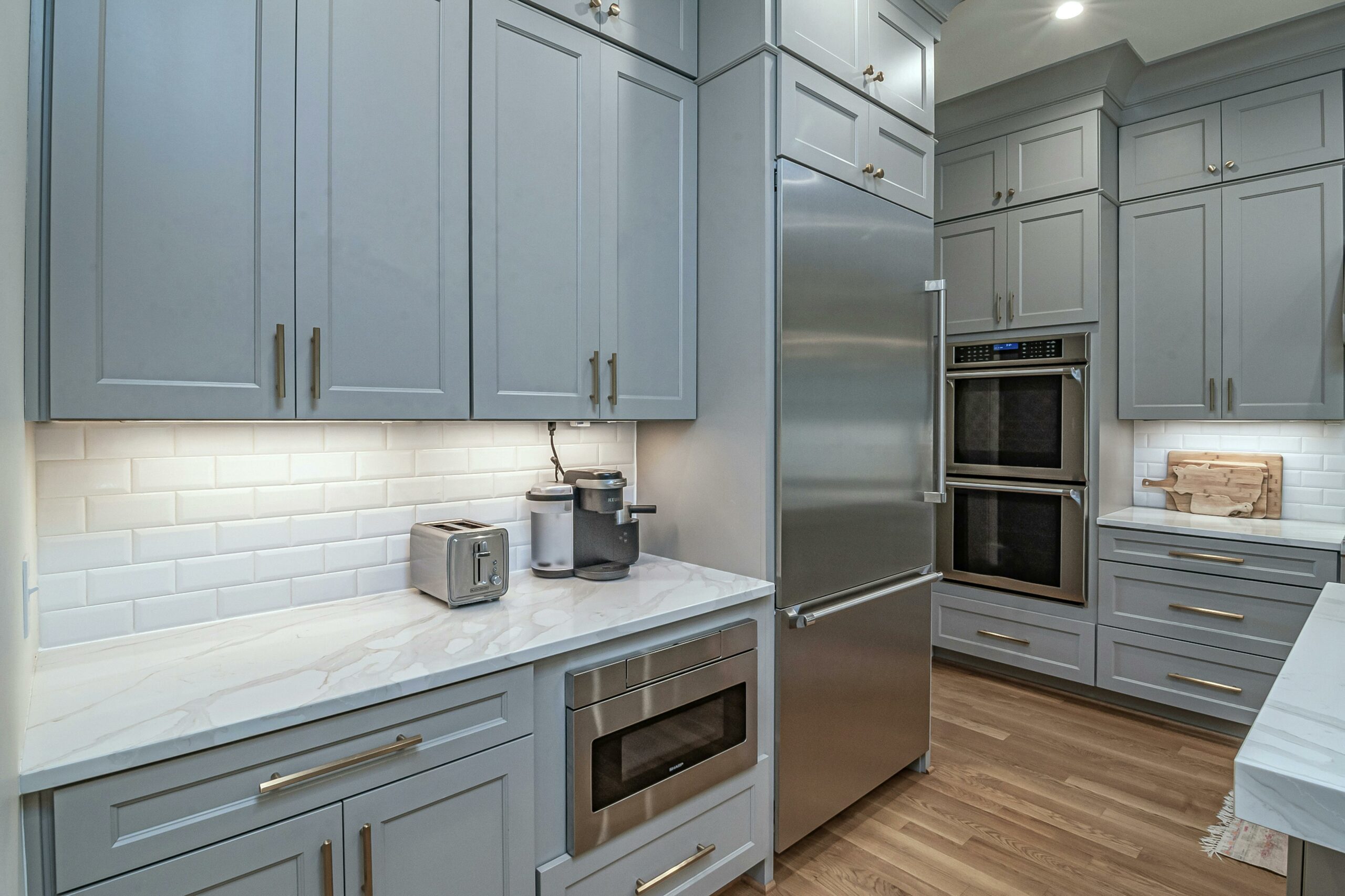
Maintaining Your Countertop Cabinet: Tips and Tricks
Once you have chosen the perfect countertop cabinet for your kitchen and installed it, it’s important to know how to properly maintain and care for it. By following these tips and tricks, you can ensure that your countertop cabinet remains in top condition for years to come.
Clean Regularly
One of the most important aspects of maintaining your countertop cabinet is regular cleaning. Wipe down the surfaces with a mild detergent and warm water to remove any dirt, grease, or food particles. Avoid using harsh chemicals or abrasive cleaners, as they can damage the cabinet’s finish.
Avoid Excessive Moisture
Excessive moisture can cause damage to your countertop cabinet, especially if it is made of wood. Be sure to wipe up any spills immediately and avoid placing wet items directly on the cabinet’s surface. Use coasters or placemats to protect the cabinet from moisture damage.
Protect from Heat
Heat can also be damaging to your countertop cabinet, particularly if it is made of laminate or veneer. Avoid placing hot pots, pans, or appliances directly on the cabinet’s surface. Use trivets or heat-resistant mats to protect the cabinet from heat-related damage.
Inspect for Damage
Regularly inspect your countertop cabinet for any signs of damage, such as cracks, chips, or loose hardware. Address any issues promptly to prevent further damage and ensure the longevity of your cabinet.
Use Proper Cleaning Products
When cleaning your countertop cabinet, use products that are specifically designed for the material of your cabinet. Different materials may require different cleaning methods and products, so be sure to follow the manufacturer’s recommendations.
Organize and Declutter
Maintaining your countertop cabinet also involves keeping it organized and clutter-free. Regularly go through the contents of your cabinet and remove any items that you no longer need or use. This will not only make it easier to find what you’re looking for but also prevent unnecessary wear and tear on the cabinet.
Handle with Care
Lastly, handle your countertop cabinet with care. Avoid slamming doors or drawers, as this can cause damage to the cabinet’s structure. Use gentle, controlled movements when opening and closing the cabinet to prevent any accidents or mishaps.
By following these tips and tricks, you can maintain the beauty and functionality of your countertop cabinet for years to come. With proper care and attention, your countertop cabinet will continue to be a stylish and functional addition to your kitchen.
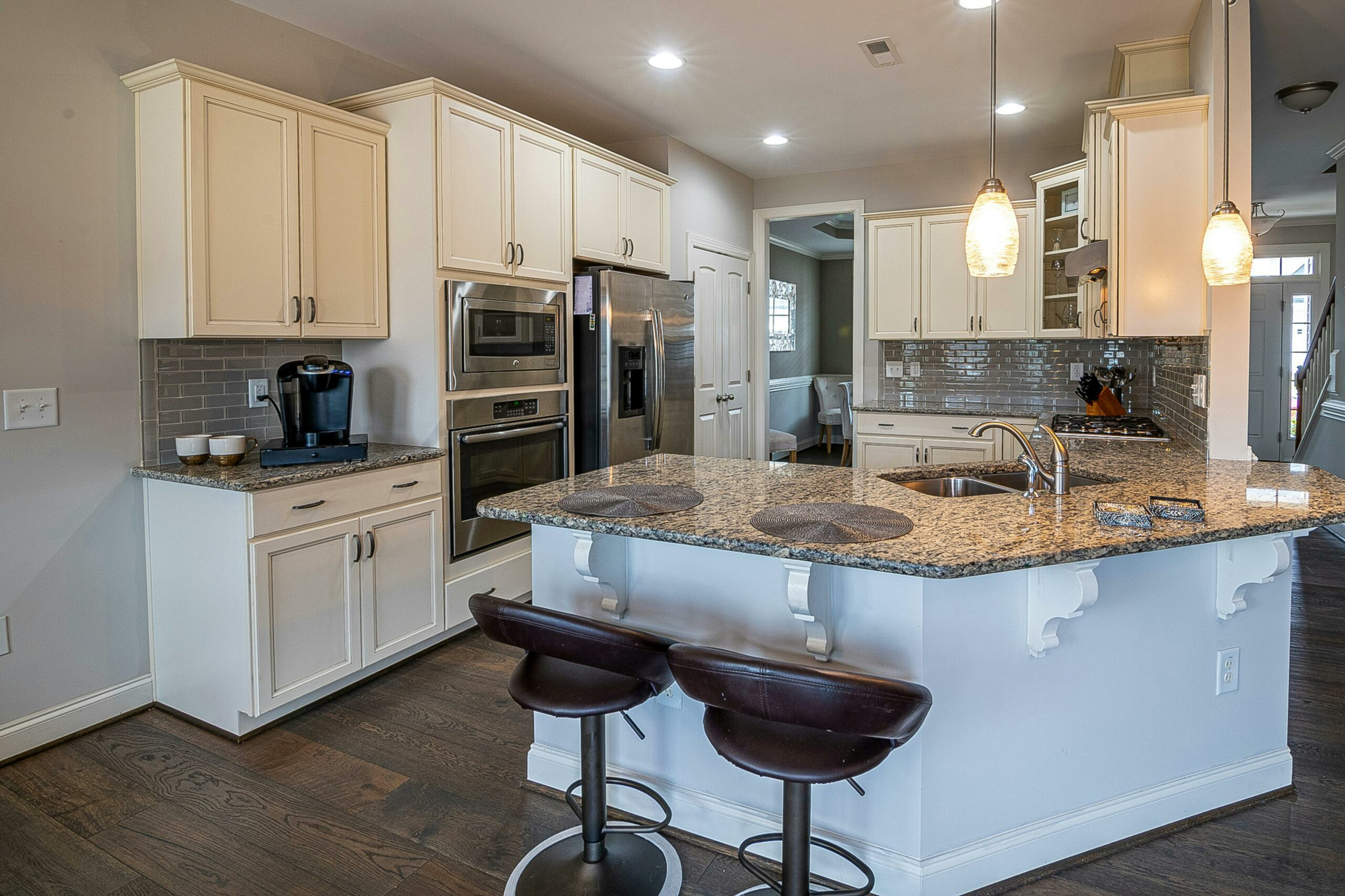
Different Materials
When it comes to choosing a countertop cabinet for your kitchen, one of the most important decisions you’ll need to make is the material. The material you choose will not only impact the overall look and feel of your kitchen, but it will also affect the durability and maintenance requirements of your countertop cabinet. In this overview, we’ll explore some of the different materials commonly used for countertop cabinets and their unique characteristics.
1. Wood
Wood is a classic and timeless choice for countertop cabinets. It offers a warm and natural aesthetic that can complement a variety of kitchen styles. However, wood requires regular maintenance to prevent damage from moisture and heat. It can also be susceptible to scratches and dents, so it’s important to use cutting boards and avoid placing hot pots and pans directly on the surface.
2. Laminate
Laminate is a popular choice for countertop cabinets due to its affordability and versatility. It is available in a wide range of colors and patterns, allowing you to achieve the look of more expensive materials at a fraction of the cost. Laminate is also durable and easy to clean, making it a practical option for busy kitchens. However, it may not offer the same level of elegance and luxury as natural materials.
3. Quartz
Quartz countertops have gained popularity in recent years due to their durability and low maintenance requirements. Made from a combination of natural quartz and resin, these countertops are resistant to stains, scratches, and heat. They are also available in a wide range of colors and patterns, making it easy to find a design that suits your kitchen. However, quartz countertops can be more expensive compared to other materials.
4. Granite
Granite is a natural stone that is known for its beauty and durability. Each slab of granite is unique, offering a one-of-a-kind look for your countertop cabinet. Granite is heat-resistant and can withstand heavy use without scratching or chipping. However, it requires regular sealing to prevent stains and may be more prone to cracking or breaking compared to other materials.
5. Stainless Steel
Stainless steel countertops are a popular choice for modern and industrial-style kitchens. They are resistant to heat, stains, and bacteria, making them a hygienic option for food preparation. Stainless steel is also easy to clean and maintain, as it does not require sealing or special products. However, it can be prone to scratches and fingerprints, so regular cleaning is necessary to keep it looking its best.
6. Concrete
Concrete countertops offer a unique and contemporary look for your kitchen. They can be customized with different colors, textures, and finishes to create a truly personalized design. Concrete is durable and heat-resistant, but it may require regular sealing to prevent stains. It can also be prone to cracking if not properly installed and maintained.
When choosing the material for your countertop cabinet, consider your personal style, budget, and maintenance preferences. Each material has its own pros and cons, so it’s important to weigh them carefully before making a decision. With the right material, your countertop cabinet can blend style and functionality seamlessly in your kitchen.

Innovative Design Ideas
When it comes to countertop cabinets, functionality is key. However, that doesn’t mean you have to sacrifice style. With innovative design ideas, you can create a countertop cabinet that not only meets your storage needs but also adds a touch of elegance to your space. Here are some design ideas to inspire you:
1. Open Shelving
Open shelving is a popular trend in kitchen design, and it can be incorporated into your countertop cabinet. Instead of traditional cabinet doors, opt for open shelves to display your favorite dishes, glassware, or decorative items. This not only adds visual interest but also makes it easier to access your items.
2. Glass Front Cabinets
If you want to showcase your beautiful dinnerware or collection of vintage teacups, consider installing glass front cabinets. This design allows you to display your items while still keeping them protected from dust and dirt. Plus, the transparent glass adds a touch of sophistication to your countertop cabinet.
3. Two-Tone Cabinets
Add visual interest to your countertop cabinet by incorporating two-tone cabinets. Choose two complementary colors or finishes and use them to create a stunning contrast. For example, you can have the upper cabinets in a light color and the lower cabinets in a darker shade. This design adds depth and dimension to your space.
4. Integrated Lighting
Illuminate your countertop cabinet with integrated lighting. LED strip lights installed under the cabinets can provide both task lighting and ambient lighting. This not only makes it easier to see what’s inside your cabinet but also adds a warm and inviting atmosphere to your kitchen.
5. Unique Hardware
Add a touch of personality to your countertop cabinet by choosing unique hardware. Instead of traditional knobs or handles, opt for something more eye-catching, such as vintage-inspired pulls, sleek modern handles, or even leather-wrapped knobs. This small detail can make a big impact on the overall look of your cabinet.
6. Custom Inserts
Maximize the functionality of your countertop cabinet by incorporating custom inserts. These can include built-in spice racks, wine bottle holders, or even a pull-out cutting board. Custom inserts not only make your cabinet more efficient but also add a luxurious touch to your kitchen.
With these innovative design ideas, you can transform your countertop cabinet into a stylish and functional centerpiece in your kitchen. Whether you prefer a modern, minimalist look or a more traditional and ornate design, there are endless possibilities to explore. Get creative and make your countertop cabinet truly unique to your personal style and needs.

The Benefits of Installing
Installing a countertop cabinet in your kitchen can bring numerous benefits to your space. Not only does it provide additional storage, but it also enhances the overall functionality and aesthetics of your kitchen. Here are some of the key benefits of installing a countertop cabinet:
1. Increased Storage Space
One of the primary benefits of installing a countertop cabinet is the additional storage space it provides. With a countertop cabinet, you can effectively utilize the vertical space in your kitchen and keep your countertops clutter-free. This allows you to store and organize various kitchen essentials such as cookware, utensils, and small appliances within easy reach.
2. Improved Organization
Helps you keep your kitchen organized and efficient. With designated compartments and shelves, you can easily categorize and store different items, making it easier to find what you need when cooking or preparing meals. This not only saves you time but also reduces stress and frustration in the kitchen.
3. Enhanced Functionality
Are designed to enhance the functionality of your kitchen. They can be customized to fit your specific needs and preferences, allowing you to have easy access to your most frequently used items. Additionally, countertop cabinets can be equipped with features such as pull-out shelves, spice racks, and built-in cutting boards, further enhancing their functionality.
4. Improved Aesthetics
Can significantly enhance the aesthetics of your kitchen. With a wide range of materials, finishes, and designs available, you can choose a countertop cabinet that complements your kitchen’s style and decor. Whether you prefer a sleek and modern look or a more traditional and rustic feel, there is a countertop cabinet that can elevate the overall look of your kitchen.
5. Easy Maintenance
Countertop cabinets are designed for easy maintenance. Most materials used for countertop cabinets are durable and resistant to stains, scratches, and moisture. This makes cleaning and maintaining your countertop cabinet a breeze, allowing you to keep your kitchen looking clean and pristine with minimal effort.
In conclusion, installing a countertop cabinet in your kitchen offers a range of benefits, including increased storage space, improved organization, enhanced functionality, improved aesthetics, and easy maintenance. Consider investing in a countertop cabinet to elevate the functionality and style of your kitchen.

How to Clean and Care
Keeping your countertop cabinet clean and well-maintained is essential to prolong its lifespan and ensure it remains in good condition. Here are some tips and tricks to help you clean and care for your countertop cabinet:
1. Regular Cleaning
Regularly clean your countertop cabinet using a mild detergent and warm water. Avoid using abrasive cleaners or harsh chemicals, as they can damage the surface of the cabinet. Use a soft cloth or sponge to gently scrub away any dirt or stains.
2. Avoid Excessive Moisture
Avoid exposing your countertop cabinet to excessive moisture, as it can cause the wood or other materials to warp or swell. Wipe up any spills or splashes immediately to prevent water damage. Use coasters or placemats under hot or wet items to protect the surface of the cabinet.
3. Use Cutting Boards and Trivets
To prevent scratches or heat damage, always use cutting boards and trivets when working with hot pots, pans, or sharp knives on your countertop cabinet. This will help protect the surface and keep it looking new for longer.
4. Avoid Direct Sunlight
Direct sunlight can cause the color of your countertop cabinet to fade over time. If possible, position your cabinet away from direct sunlight or use curtains or blinds to block out the sun’s rays.
5. Regular Maintenance
Regularly inspect your countertop cabinet for any signs of wear or damage. Repair or replace any loose hinges, handles, or other hardware to ensure the cabinet functions properly. Apply a coat of protective sealant or wax every few years to maintain the cabinet’s finish and protect it from moisture and stains.
6. Organize and Declutter
Keep your countertop cabinet organized and free from clutter. Remove any items that are not regularly used and find a designated place for everything. This will not only make cleaning easier but also help you maximize the storage space in your cabinet.
By following these cleaning and care tips, you can keep your countertop cabinet looking beautiful and functional for years to come.
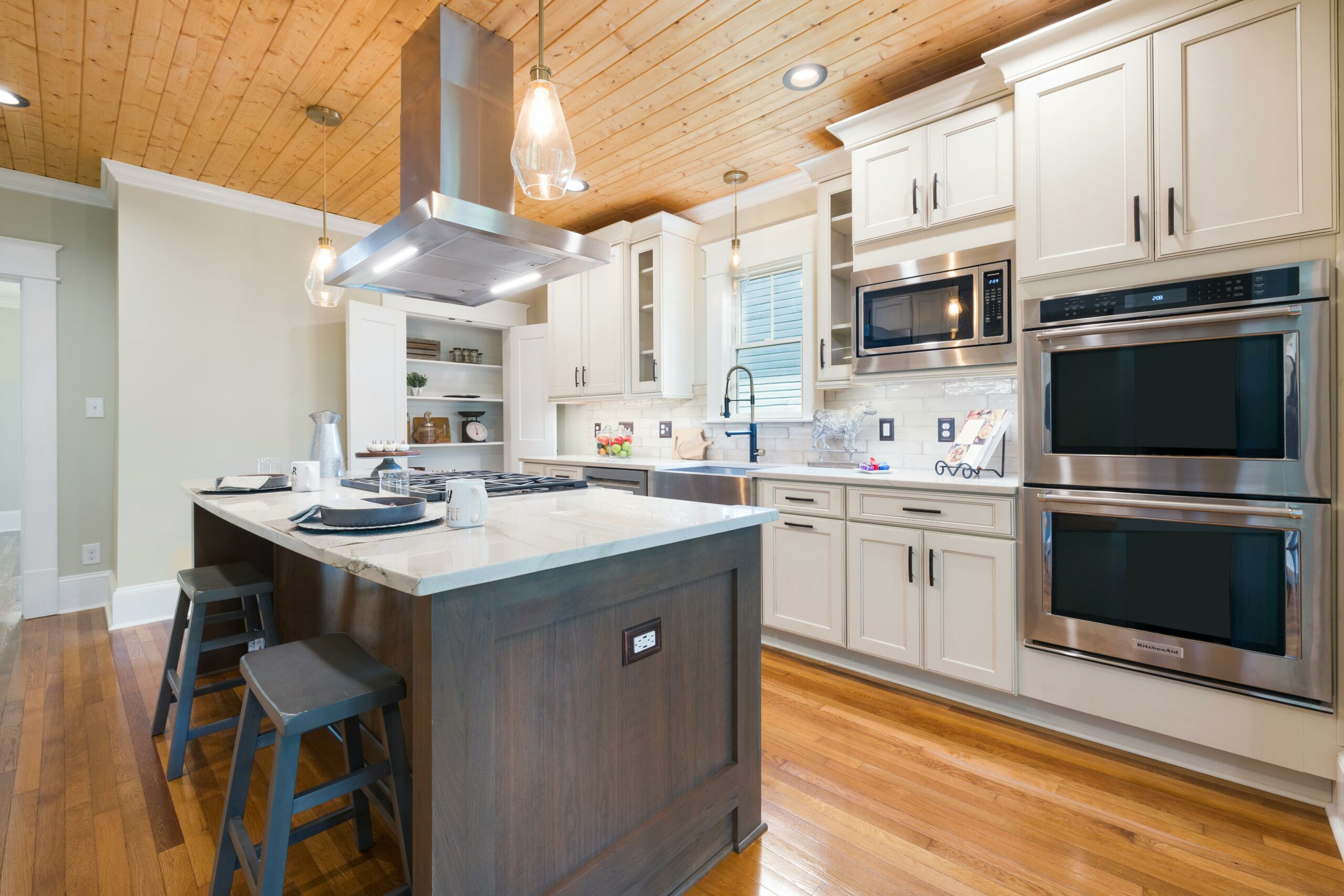
The Ultimate Guide to Organizing
Having an organized countertop cabinet can make a huge difference in your kitchen. It not only allows for easy access to your kitchen essentials but also creates a neat and clutter-free space. In this ultimate guide, we will provide you with tips and tricks on how to effectively organize your countertop cabinet.
1. Declutter and Assess
The first step in organizing your countertop cabinet is to declutter and assess the items you have. Take everything out of the cabinet and sort them into categories such as cooking utensils, spices, baking supplies, and so on. Get rid of any items that are expired, broken, or no longer needed.
2. Utilize Vertical Space
Maximize the vertical space in your countertop cabinet by using shelf dividers or adjustable shelves. This will help you create additional storage space and keep your items organized. Consider using stackable storage containers or bins to make the most of the available space.
3. Group Similar Items Together
Grouping similar items together is a simple yet effective way to keep your countertop cabinet organized. For example, keep all your baking supplies in one section, all your spices in another, and so on. This will make it easier for you to find what you need quickly.
4. Use Drawer Organizers
If your countertop cabinet has drawers, make use of drawer organizers to keep small items like measuring spoons, rubber bands, or twist ties neatly organized. This will prevent them from getting lost or tangled up with other items.
5. Label Everything
Labeling is key to maintaining an organized countertop cabinet. Use labels to identify the contents of each container or shelf. This will make it easier for you to find what you need and also help you maintain the organization over time.
6. Regularly Review and Reorganize
Organizing your countertop cabinet is not a one-time task. It requires regular maintenance and review. Set aside some time every few months to go through your cabinet and make any necessary adjustments or reorganize as needed.
7. Optimize Accessibility
Arrange your items in your countertop cabinet based on their frequency of use. Keep the items you use most frequently within easy reach and place the less frequently used items towards the back or higher shelves.
By following these tips and tricks, you can transform your countertop cabinet into a well-organized and efficient space. Say goodbye to clutter and hello to a functional kitchen!

Understanding the Cost Factors
When it comes to countertop cabinets, understanding the cost factors involved can help you make informed decisions and stay within your budget. There are several factors that contribute to the overall cost of countertop cabinets, including:
1. Material
The material used is one of the primary cost factors. Different materials have different price ranges, with some being more expensive than others. Common materials used for countertop cabinets include wood, laminate, stainless steel, and quartz.
2. Size and Layout
The size and layout of your countertop cabinets will also affect the cost. Cabinets that are larger or have complex layouts may require more materials and labor, resulting in higher costs. Additionally, custom cabinets designed to fit specific spaces may be more expensive than standard-sized cabinets.
3. Construction and Design
The construction and design can impact the cost as well. Cabinets with intricate designs, decorative details, or special features may cost more due to the additional craftsmanship required. Additionally, cabinets made with high-quality construction techniques and hardware may come with a higher price tag.
4. Installation
The cost of installation is another factor to consider. If you choose to hire a professional to install your countertop cabinets, the labor costs will be added to the overall expense. However, if you have the skills and tools necessary, you can opt for a DIY installation to save on labor costs.
5. Additional Features
Additional features such as lighting, pull-out drawers, or built-in organizers can also increase the cost of countertop cabinets. These features add functionality and convenience but come at an additional expense.
By considering these cost factors, you can determine a budget for your countertop cabinets and make choices that align with your financial goals. Remember to balance cost with quality and functionality to ensure you get the best value for your investment.

DIY: Easy Steps to Install
Installing can be a great way to add storage and functionality to your kitchen. Whether you’re a seasoned DIYer or a beginner, with the right tools and steps, you can easily install a countertop cabinet on your own. Follow these easy steps to get started:
Step 1: Measure and Plan
Before you begin the installation process, it’s important to measure the space where you want to install the countertop cabinet. Take accurate measurements of the width, height, and depth to ensure that the cabinet will fit properly. Additionally, plan the layout and placement of the cabinet to ensure it meets your needs and complements the overall design of your kitchen.
Step 2: Gather the Necessary Tools and Materials
Next, gather all the tools and materials you’ll need for the installation. This may include a drill, screws, a level, a tape measure, a pencil, and a screwdriver. Additionally, ensure that you have the countertop cabinet itself and any additional hardware or accessories that may be required.
Step 3: Prepare the Area
Before installing, make sure the area is clean and free from any obstructions. Remove any existing cabinets or fixtures that may interfere with the installation process. It’s also a good idea to protect the surrounding surfaces with drop cloths or cardboard to prevent any damage.
Step 4: Install the Cabinet
Start by positioning the countertop cabinet in the desired location. Use a level to ensure that it is perfectly straight and level. Once you’re satisfied with the placement, secure the cabinet to the wall using screws. Be sure to follow the manufacturer’s instructions for proper installation.
Step 5: Secure the Countertop
After the cabinet is securely installed, it’s time to attach the countertop. Place the countertop on top of the cabinet and align it properly. Use screws or brackets to secure the countertop to the cabinet, ensuring that it is stable and level.
Step 6: Connect Plumbing and Electrical
If your countertop cabinet includes plumbing or electrical connections, now is the time to connect them. Follow the appropriate guidelines and safety precautions when working with plumbing or electrical fixtures. If you’re unsure, it’s best to consult a professional.
Step 7: Test and Finish
Once all the installation steps are complete, test the functionality of the countertop cabinet. Open and close the doors and drawers to ensure they operate smoothly. Check for any loose screws or fittings and tighten them if necessary. Finally, clean the countertop and cabinet to remove any dust or debris.
By following these easy steps, you can successfully install a countertop cabinet in your kitchen. Enjoy the added storage and functionality that a countertop cabinet brings to your space!
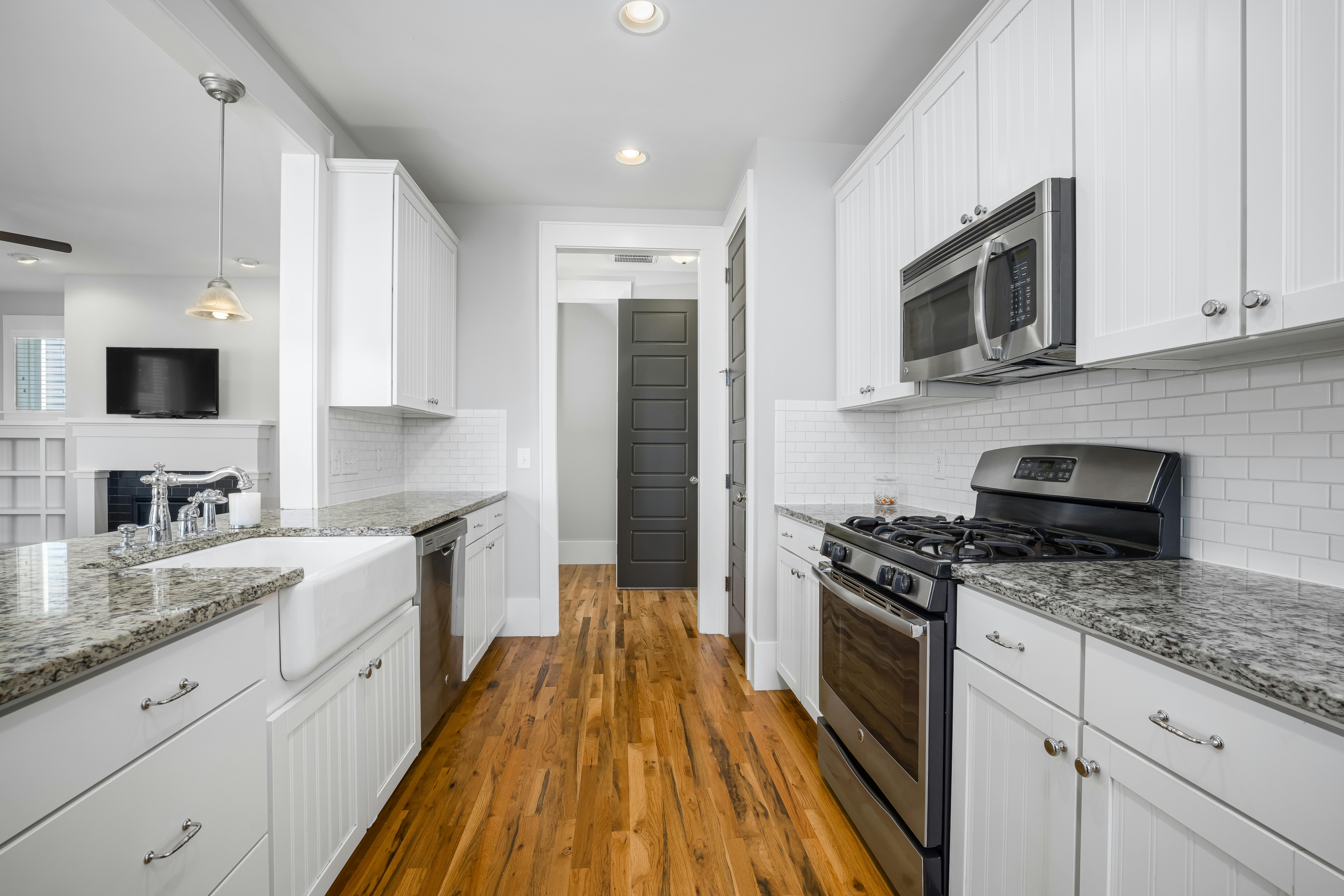
Blending Style and Functionality in Your Space
When it comes to kitchen design, finding the perfect balance between style and functionality is essential. One element that can help achieve this balance is a countertop cabinet. A countertop cabinet not only adds storage space to your kitchen but also enhances the overall aesthetic appeal. In this article, we will explore the various ways a countertop cabinet can blend style and functionality in your space.
Maximizing Storage Space
Is a versatile storage solution that can help you make the most of your kitchen space. With its multiple shelves and compartments, you can easily organize and store your kitchen essentials, such as dishes, utensils, and appliances. This not only keeps your kitchen clutter-free but also makes it easier to find and access your items when needed.
Enhancing the Aesthetic Appeal
Is not just a practical storage solution; it can also be a stylish addition to your kitchen. With a wide range of designs, materials, and finishes available, you can choose a countertop cabinet that complements your kitchen’s decor and enhances its overall aesthetic appeal. Whether you prefer a sleek and modern look or a more traditional and rustic style, there is a countertop cabinet that can blend seamlessly with your kitchen’s design.
Adding a Focal Point
A well-designed countertop cabinet can serve as a focal point in your kitchen, drawing attention and creating visual interest. You can choose a countertop cabinet with unique features, such as glass doors, decorative hardware, or intricate patterns, to make it stand out and become a statement piece in your space. This not only adds personality to your kitchen but also makes it a more inviting and visually appealing area.
Incorporating Functional Features
Are not just about storage; they can also incorporate functional features that make your kitchen tasks easier and more efficient. For example, you can choose a countertop cabinet with built-in lighting to illuminate your workspace or one with a pull-out cutting board for added convenience. These functional features not only enhance the usability of your countertop cabinet but also improve your overall kitchen experience.
Customization Options
One of the great advantages of countertop cabinets is their customization options. You can tailor your countertop cabinet to fit your specific needs and preferences. From adjustable shelves and dividers to specialized compartments for specific items, you can create a countertop cabinet that perfectly suits your storage requirements. This level of customization ensures that your countertop cabinet not only blends seamlessly with your kitchen but also provides optimal functionality.
In conclusion, a countertop cabinet is a versatile and stylish addition to any kitchen. By maximizing storage space, enhancing the aesthetic appeal, adding a focal point, incorporating functional features, and offering customization options, a countertop cabinet can blend style and functionality in your space. Whether you are looking to upgrade your kitchen or simply improve its organization and design, a countertop cabinet is a must-have element that can transform your space into a functional and visually appealing area.

